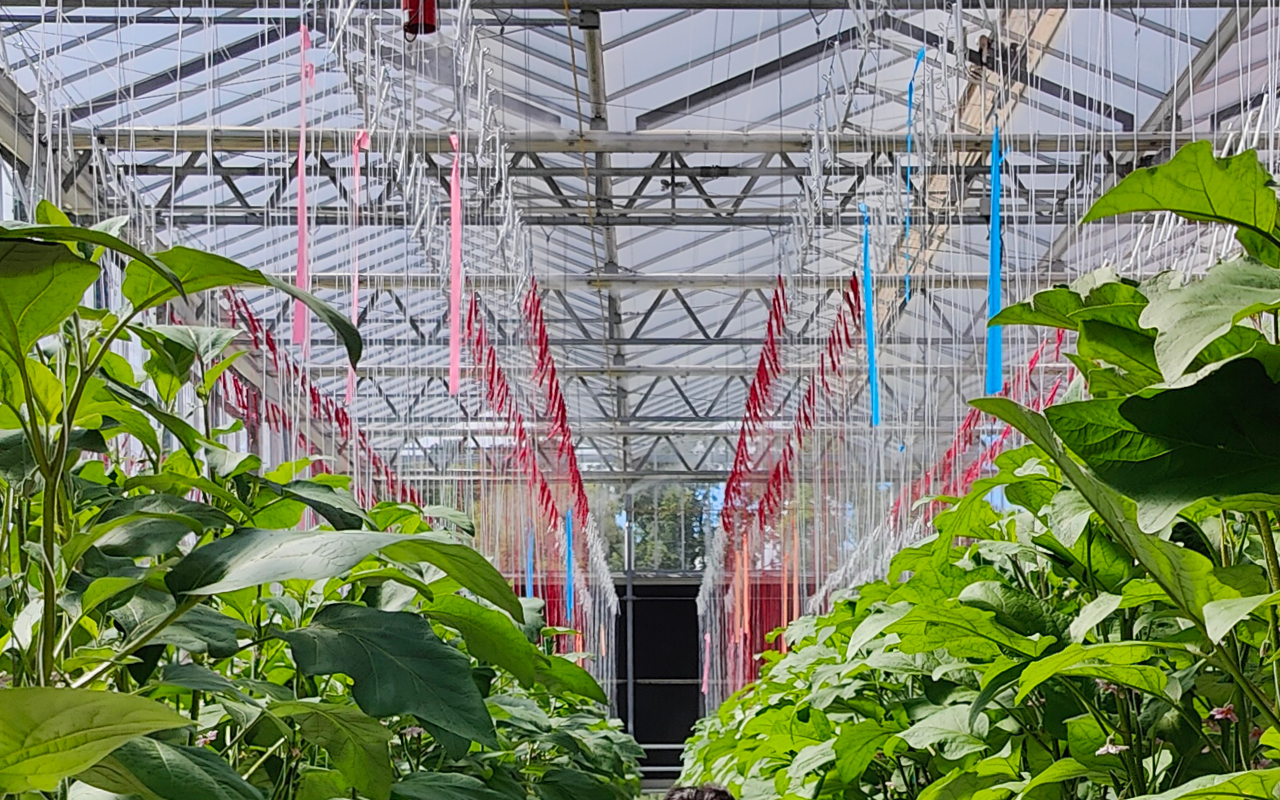Light altering films (LAF) offer an innovative greenhouse covering, selectively transmitting around 80% photosynthetically active radiation (PAR) while reducing heat from non-PAR wavelengths. LAFs block 85% ultraviolet (UV), 58% far-red, and 26% red light, resulting in a 19% reduction in PAR. Light intensity and spectral quality affect photoreceptor activity and physiological processes. Light plays a key role in carotenoid synthesis, with plants adapting to light fluctuations through various cellular, biochemical, and molecular adjustments. The absorbed light drives photosynthesis and dissipates excess energy via thermal mechanisms. Photosystems I and II include Chi a, Chi b, B-Carotene, and xanthophylls (Zeaxanthin, antheraxanthin, violaxanthin), which quench excess PSII energy. Variations in light quality and quantity affect xanthophyll cycling, sustaining photoprotection. Non-photochemical quenching (NPQ) is crucial for dissipating excess light energy as heat, preventing oxidative damage. Currently there is limited knowledge of how the light spectrum affects foliar photoprotection and carotenoid-mediated nonphotochemical quenching affect crop yield.
This project seeks to generate new knowledge of how altering the light spectrum via Light altering films (LAFs) modulates carotenoid biosynthesis, NPQ and hence foliar photoprotection will impact crop yield in a variety specific manner.






